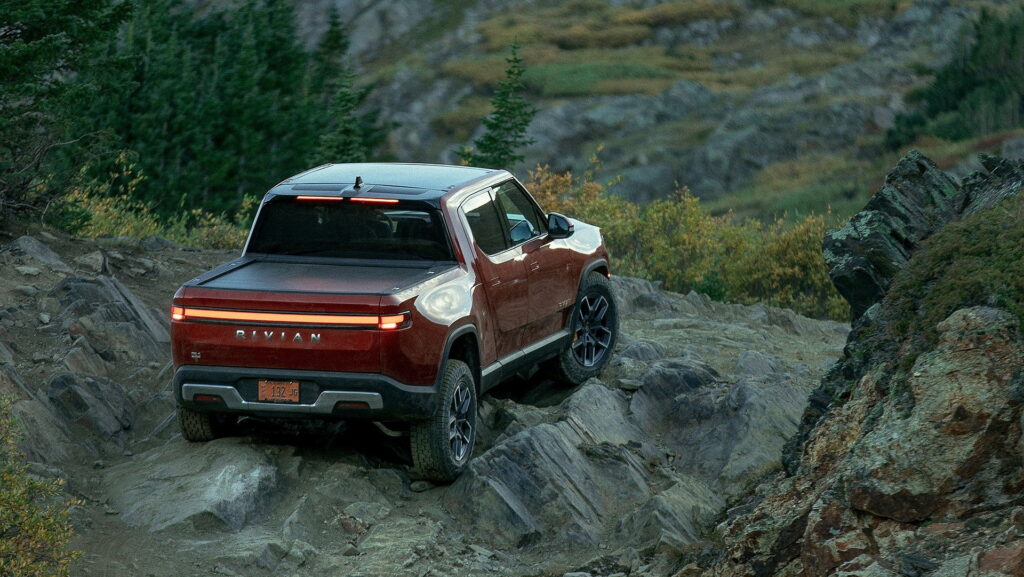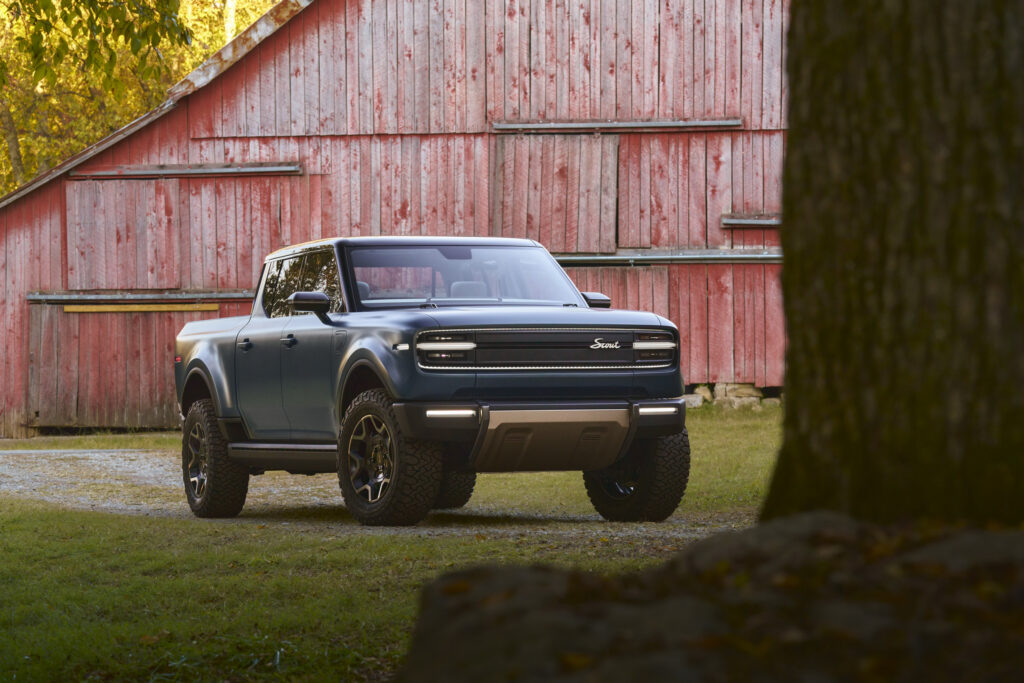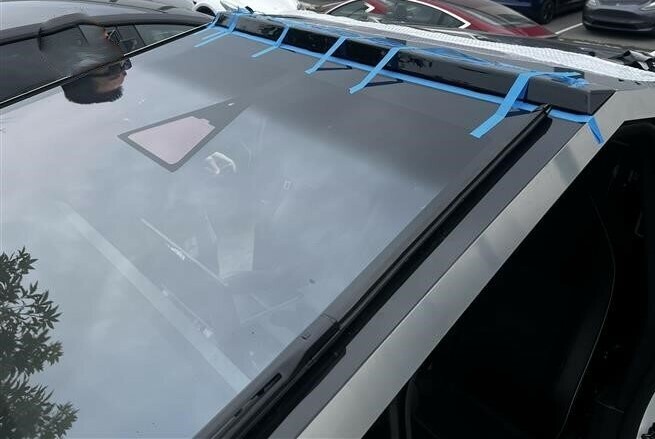New Study Shatters The ‘Pavement Princess’ Myth About EV Truck Owners
- APT truck owners off-road and haul at rates similar to gas trucks.
- Only towing habits differ slightly, limited by current EV range.
- The stereotype of EV truck owners as city posers is inaccurate.
We’ve all heard the stereotype: electric truck owners are latte-sipping tech bros cruising around in Rivian R1Ts or Tesla Cybertrucks to look adventurous rather than be adventurous. It’s an easy image to picture – clean trucks, unscuffed tires, not a hint of mud in sight. No doubt, the entire truck market is far too full of folks who own them but don’t use them.
That’s an entirely different topic we’ve already covered. Today, we focus in on another truth that data has unveiled. It’s not just “real” truck folks that are hauling and off-roading. EV truck owners behave almost exactly like their gas-powered counterparts.
Also: Everyone’s Buying Pickup Trucks, But Almost No One’s Using Them That Way
Carscoops obtained data from Strategic Vision, a company that surveys some 250,000 people annually about the way they use their vehicles. That data paints a very clear picture of where truck drivers take their rides, what they do with them, and how size and powertrain affect those figures.
Who’s Actually Getting Dirty?
For example, off-roading is a hobby that around one in every three truck owners enjoys. 31 percent of alternative powertrain (ATP) truck owners report doing light off-roading. Think gravel or dirt roads, at least once a month.
That’s nearly identical to the 29 percent of standard truck (think Toyota Tacoma) owners who report the same. What about full-size truck owners? 32 percent of them take to the dirt or gravel at least once a month.
Off-Roading Activity by Truck Type
| Truck Type | Light Off-Roading – At Least Once/Month | Serious Off-Roading – At Least Once/Month |
| Alternative Powertrain (EV/Hybrid) | 31% | 11% |
| Standard Truck | 29% | 13% |
| Full-Size Truck | 32% | 15% |

When the trail gets harder to cope with, the data doesn’t change much either. Serious off-road terrain, like rocks, mud, and streams, is the playground for 11 percent of ATP truck owners once a month or more. 13 percent of standard truck owners and 15 percent of full-size truck owners say the same.
Put another way, electric truck owners aren’t babying their rigs. If anything, they’re using them just as often for weekend adventures as those of ICE-powered ones. Perhaps the most interesting data in the entire lump that we collected is how heavy-duty truck owners differ from everybody else.
Those drivers are significantly more likely to do both types of off-roading that we’ve discussed. That tracks since these folks are often hauling equipment into fields, farms, and job sites.
Truck Bed Utility and Driving Behavior
| Truck Type | Hauls Cargo Monthly | Drives For Pleasure Monthly |
| Alternative Powertrain (EV/Hybrid) | 64% | 89% |
| Standard Truck | 58% | 90% |
| Full-Size Truck | 61% | 90% |
| Heavy-Duty Truck | 74% | 82% |

Hauling Habits
Speaking of hauling, it’s another place where we see clear evidence that EV truck owners don’t just drive as though they’re in a crossover or car. Data shows that 64 percent of them use their bed to haul something at least once a month.
In fact, they do it more often than standard truck owners at 58 percent and full-size pickup owners at 61 percent, though obviously less than heavy-duty truck owners, who lead the pack at 74 percent.
More: America’s Truck Tariffs Just Opened A New Trade Front
On top of that, driving purely for enjoyment is common across all three core segments, with 89 to 90 percent of owners saying they do it regularly, while heavy-duty truck owners come in slightly lower, but still high at 82 percent.
No doubt, APT truck owners tow less frequently than combustion engine classes. That makes sense given the big issues with towing range, charging infrastructure, and charging speed. But when it comes to everyday utility, APT pickup drivers are putting their trucks to work.
Electric, But Every Bit a Truck

This data undercuts one of the most persistent cultural divides in the pickup world. For years, EV truck buyers have been portrayed as outsiders. Newcomers who love the look and lifestyle of a truck but not the dirt under the fingernails. The numbers suggest otherwise.
Also: Your Green Plug-in Hybrid Is An Eco Sham, Study Finds
Whether it’s a Ford Lightning hauling mulch, a Rivian R1T chasing forest service roads, or even a Cybertruck owner heading for a campsite, electric truck drivers are proving that capability isn’t defined by what’s under the hood, but how the truck gets used.
So while the stereotype might linger in comment sections, the evidence is clear: EV truck owners aren’t replacing trucks with toys. They’re just redefining what it means to be a truck owner.
Truck Owner Usage Summary
| Activity | Alternative Powertrain | Standard | Full-Size | Heavy-Duty |
| Light Off-Roading | 31% | 29% | 32% | 46% |
| Serious Off-Roading | 11% | 13% | 15% | 23% |
| Hauls Monthly | 64% | 58% | 61% | 74% |
| Drives For Pleasure | 89% | 90% | 90% | 82% |











































